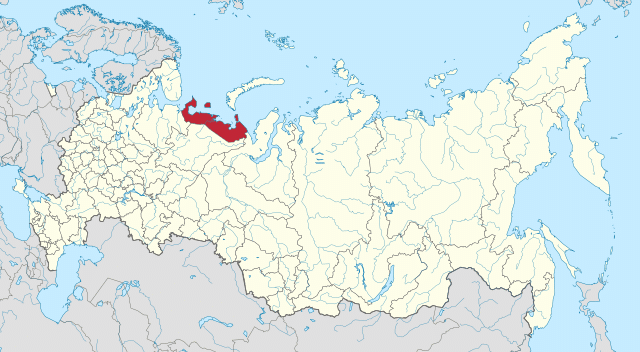Source: hodim/Adobe
More Russians are rejecting cash in favor of “non-cash” payments, a study has found – as crypto adoption increases and the nation prepares for a CBDC launch.
Glavportal reported that “the share of non-cash turnover in Russia reached 64.2% in the third quarter of 2023,” per a study conducted by SberIndex and Check Index.
This figure beats the previous record of 63.3%, which was set in the first quarter of FY 2023.
The study’s authors noted that the increase over the same period in FY 2022 was +3.6%.
Surprisingly, perhaps, the biggest changes were seen in some of Russia’s more remote regions.
Topping the list was the far-northern Nenets Autonomous Okrug, where almost 76% of payments are non-cash.

Following close behind at just over 75% were Yakutia, in the Russian Far East, and the Chechen Republic.
In recent months, Chechyan officials have been vocal about their support for the digital ruble project.
And it was here that the rise in non-cash payments was the steepest – with quarterly growth hitting 3.2%.
The highest rate of year-on-year growth was also recorded in many of Russia’s more remote regions, such as the Tuva Republic in Southern Siberia – with a growth rate of over 7%.
However, bigger urban centers also saw a drop in the demand for cash, with non-cash payments rising by almost 8% in Ussuriysk and 7.5% in Vladivostok.
Retail Sector Leading the Way?
A VTB Bank official was quoted as estimating that the “volume of non-cash payments in retail turnover will be 84% at the end of 2023.”
The same official claimed that retail POS turnover would hit another all-time high at the end of 2024, and would exceed 2022 figures by 18%.
Russian law forbids the use of crypto as a form of payment, and citizens have been barred from using most major international exchanges.
🇷🇺 Number of Russians Trading Crypto Is Falling, Says Central Bank
Russia’s Central Bank says there has been a drop in the number of citizens trading crypto – with citizens staying away from major overseas trading platforms.#CryptoNews #newshttps://t.co/h7AD8HEEyc
— Cryptonews.com (@cryptonews) December 5, 2023
But both Russian analysts and the Central Bank agree that P2P crypto transactions are on the rise.
Government officials have previously claimed that up to 12% of Russian citizens hold crypto.
Corporations are also turning to crypto as a payment tool, in a bid to circumvent US and EU-led sanctions.
Russian Crypto Mining Sector on the March
Tass also reported that energy consumption has risen by 1.2% in the nation since the start of the year.
Quoting the Russian energy ministry, the news agency noted that “by the end of 2023, electricity consumption growth is expected to hit 1.5%.”
The ministry claimed that “large industrial projects, especially in the Far East,” would likely continue to propel energy consumption.
Some of this growth likely comes from Russia’s growing crypto mining sector, with major oil producers now working with mining firms.

The Russian finance ministry has claimed that “all Russians” will be able to experience paying with the digital ruble next year.
🇷🇺 ‘All Russians’ Will Be Able to Use Digital Ruble in 2024 – Moscow
The Russian government wants to fast-track the launch of the digital ruble – and now claims that all citizens will be able to use the CBDC in 2024.#CryptoNews #Russiahttps://t.co/Nlk7dKQxTT
— Cryptonews.com (@cryptonews) December 11, 2023
The Central Bank has sought to temper expectations of a 2024 rollout, but is set to at least double the size of its CBDC pilot in the year ahead.
Currently, around 600 private citizens and 13 banks are using the digital ruble to pay for goods and services.
The government, meanwhile, hopes that “color-coded” CBDC coins will help drive down corruption and fraud.
With cash payments on the decline, the bank and its partners may hope to strike while the iron is hot – and deliver a CBDC-shaped death blow to banknotes and coins.
